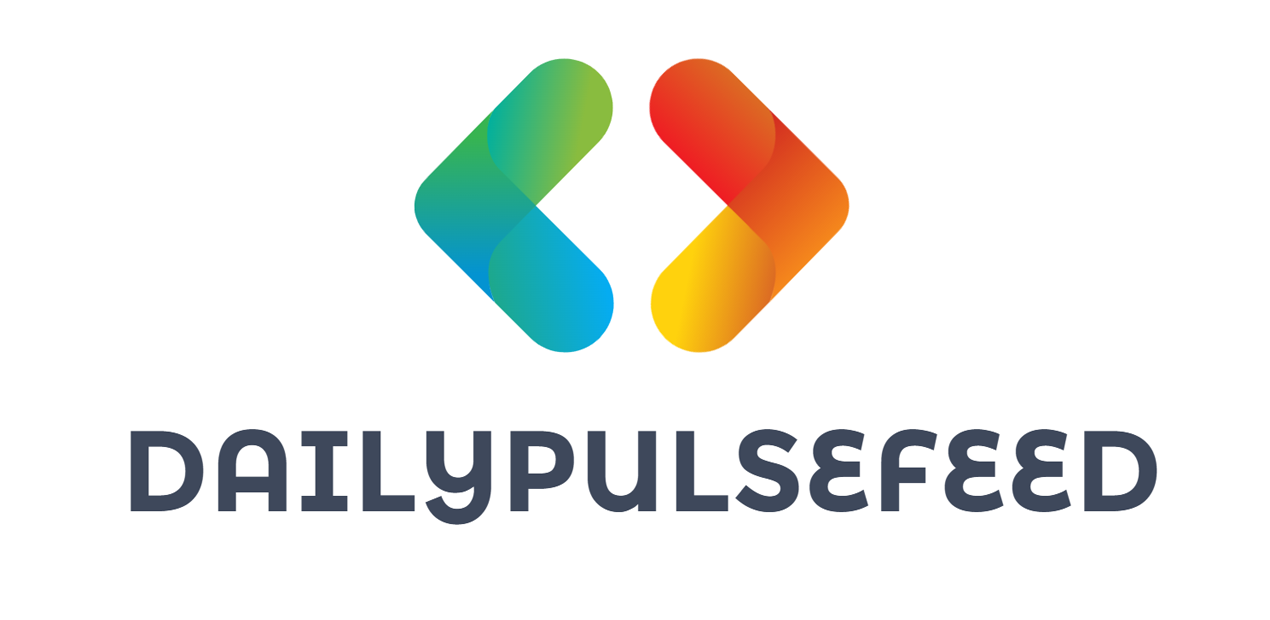Health Watchdog Sounds Alarm: Eugene Medical Group and Insurers Accused of Costly Overspending

For years, Oregon has been on a mission to tackle the ever-rising tide of healthcare expenses. In a bold move toward financial sustainability, state lawmakers took decisive action in 2019 by establishing the Sustainable Health Care Cost Growth Target Program. This innovative initiative was designed to carefully analyze and ultimately control the escalating costs of healthcare in the state.
The program represents a strategic approach to understanding and managing healthcare spending, aiming to provide relief to residents who have long struggled with mounting medical expenses. By creating a comprehensive framework for monitoring and limiting cost increases, Oregon hopes to make healthcare more affordable and accessible for its citizens.
Through this forward-thinking program, the state is demonstrating its commitment to finding practical solutions to one of the most challenging economic issues facing modern healthcare systems. It's a proactive step toward creating a more sustainable and equitable healthcare landscape for all Oregonians.
